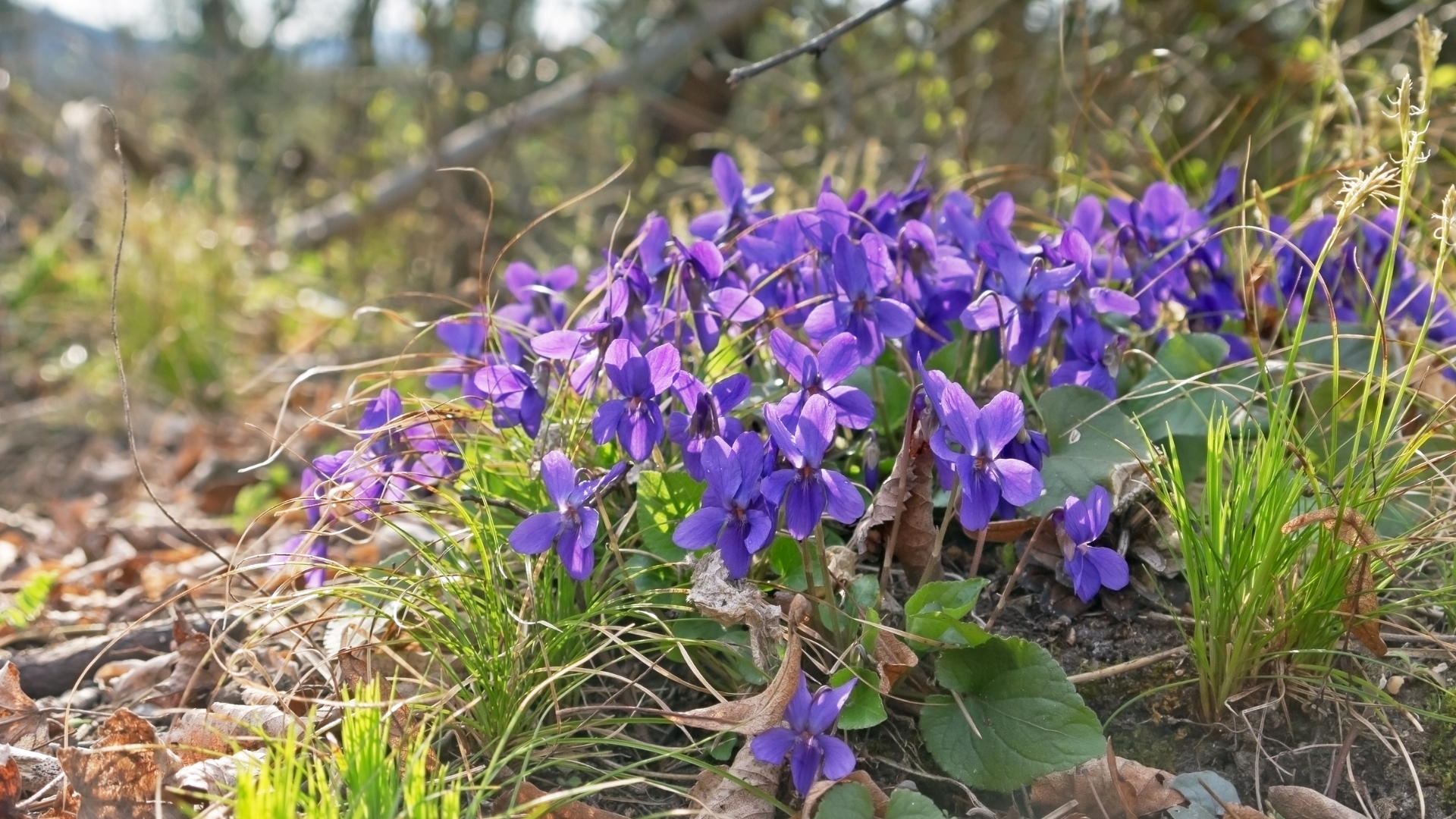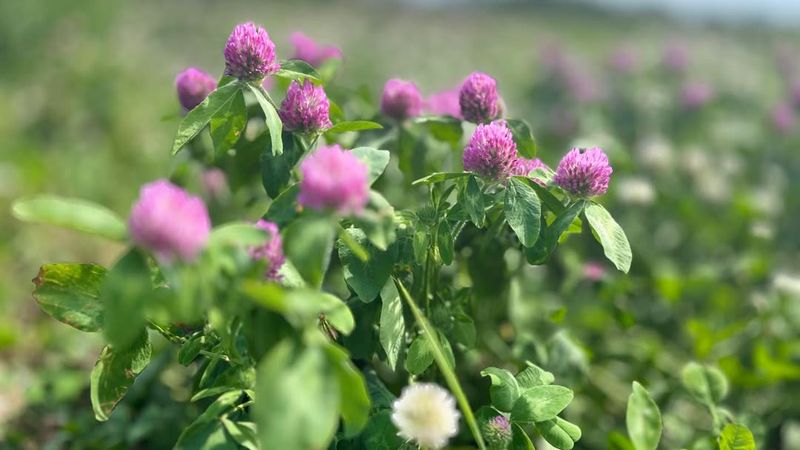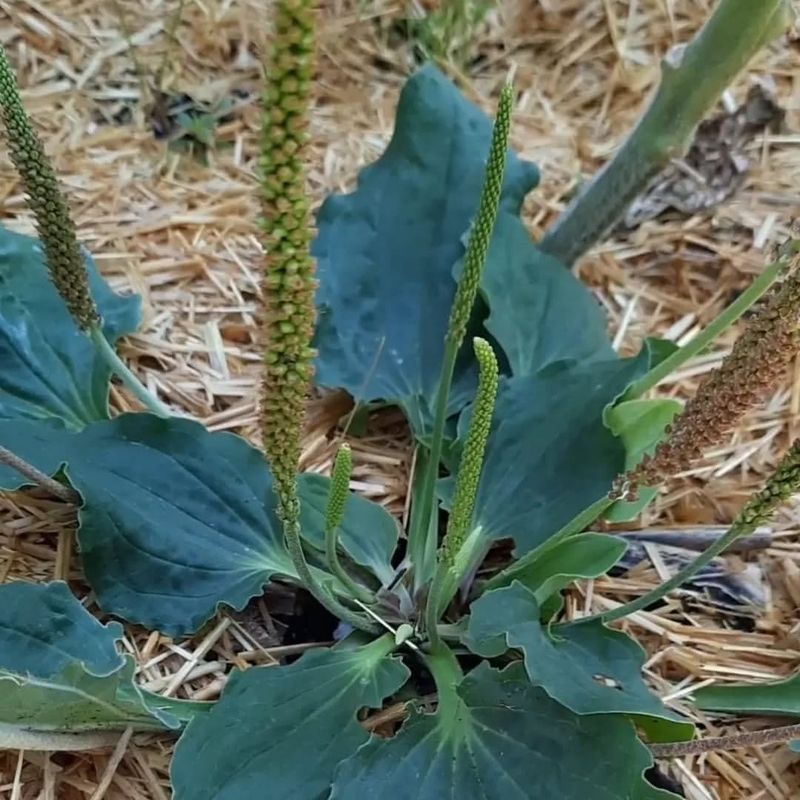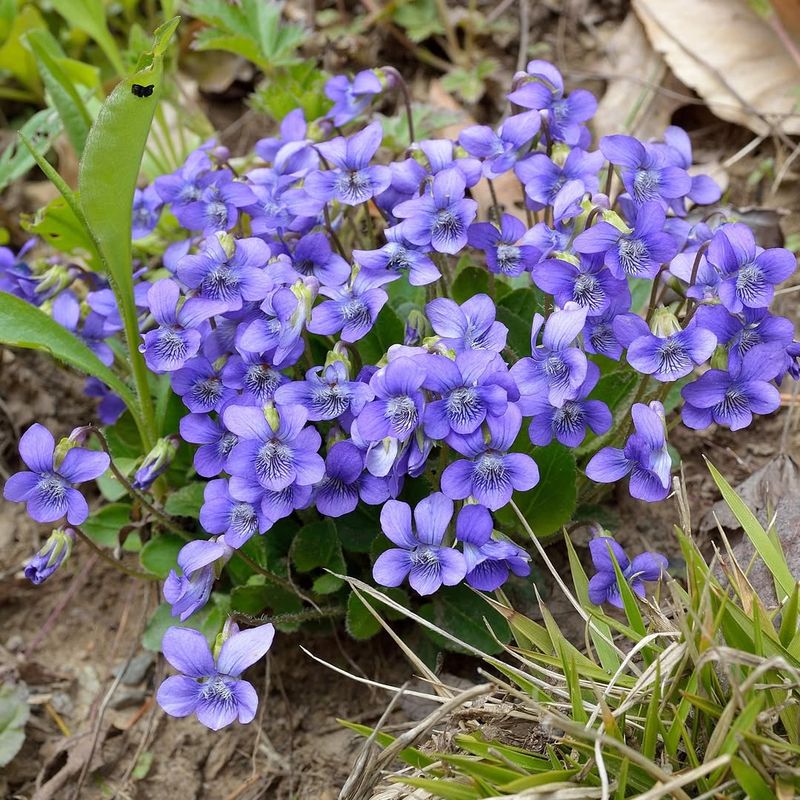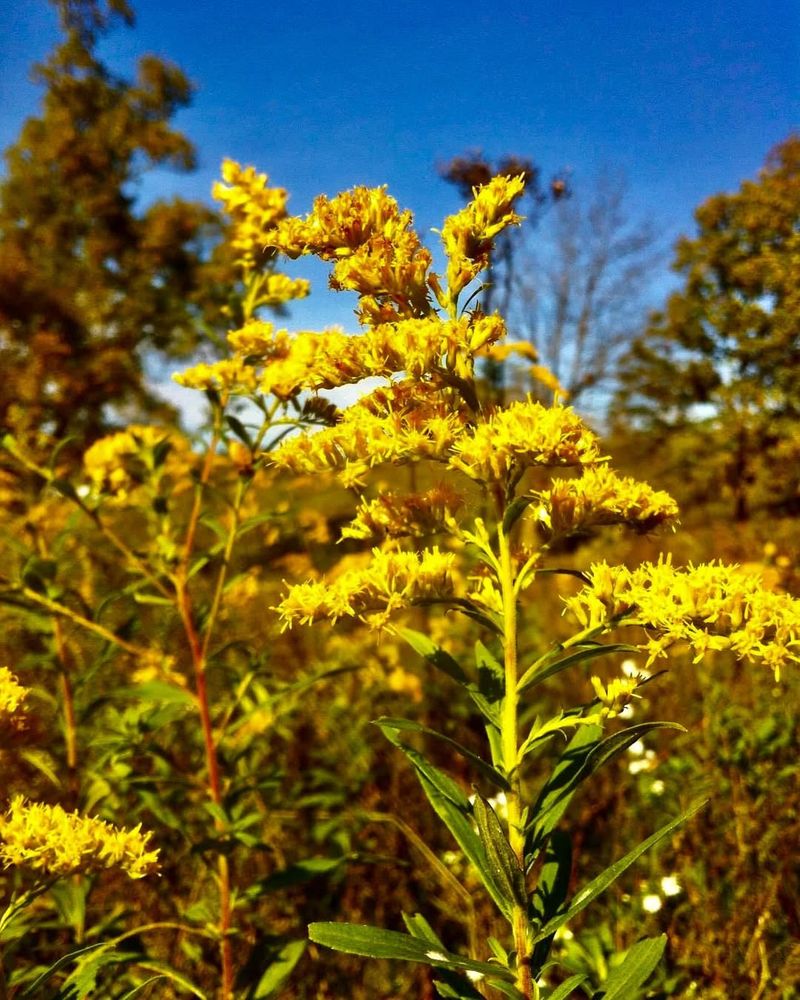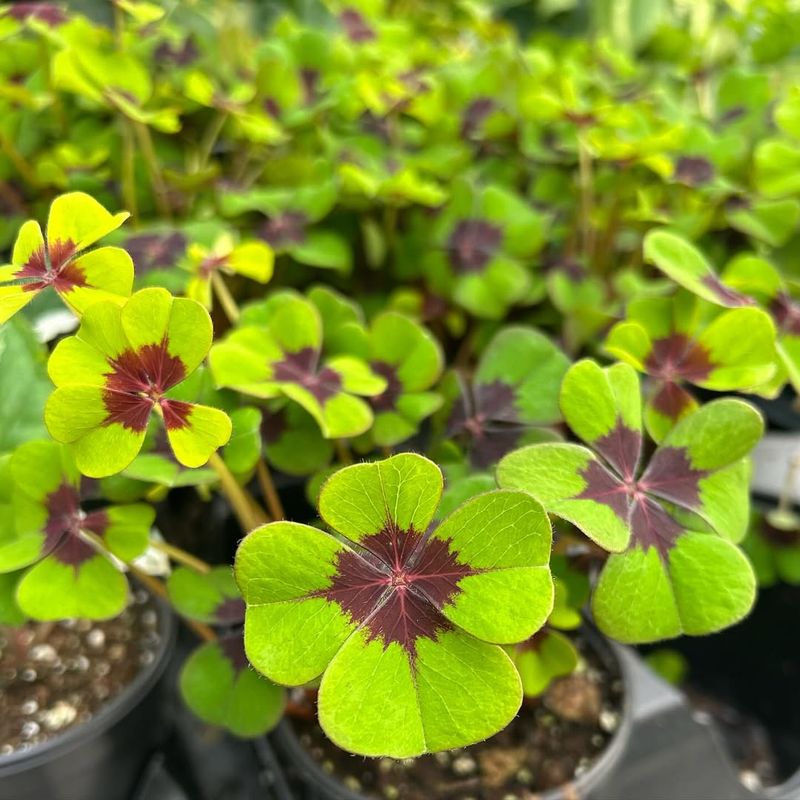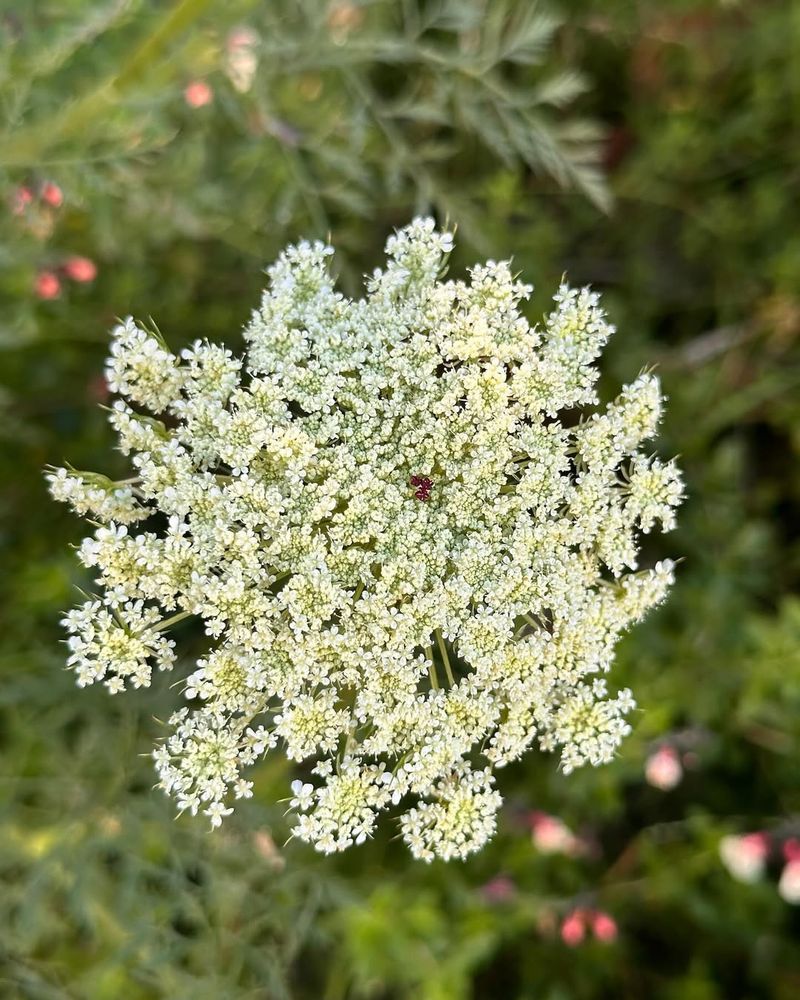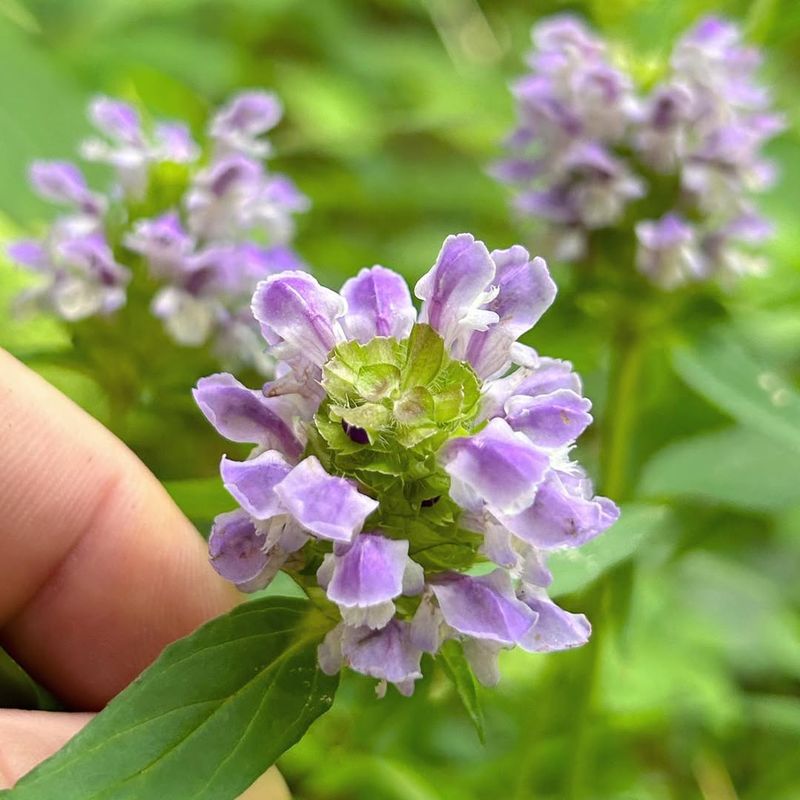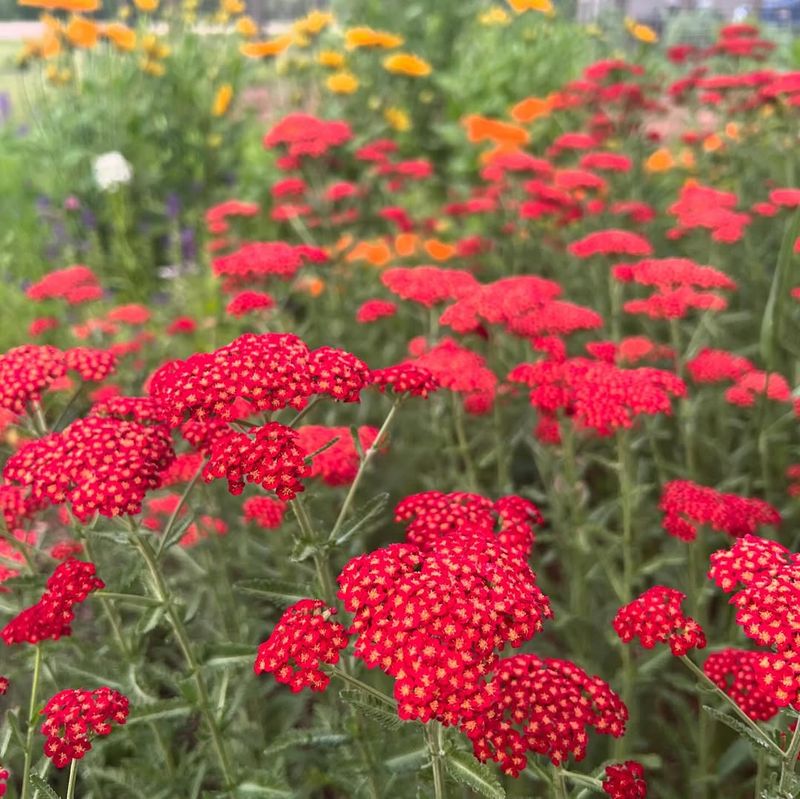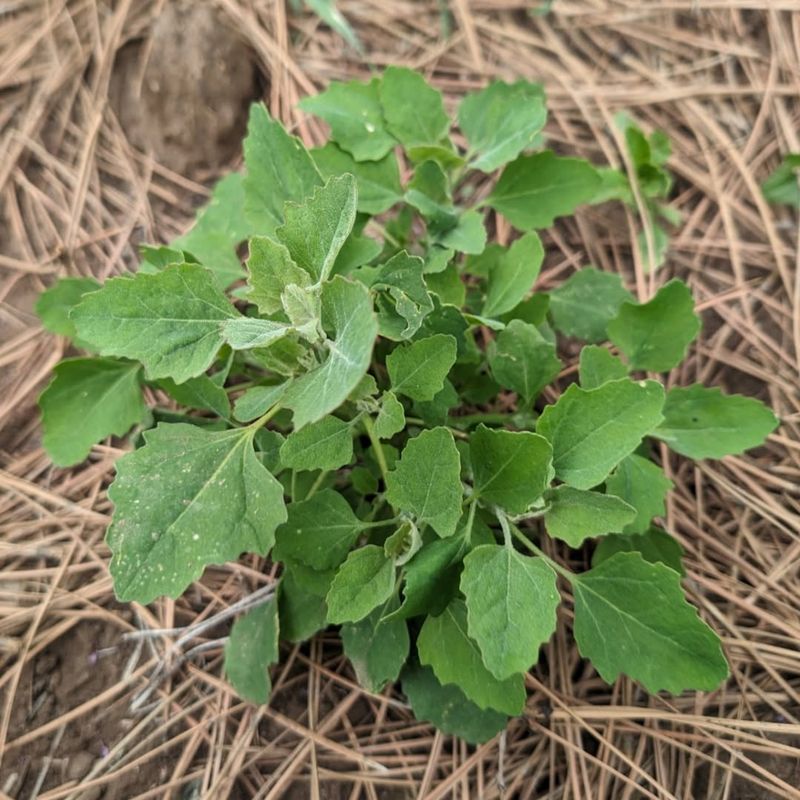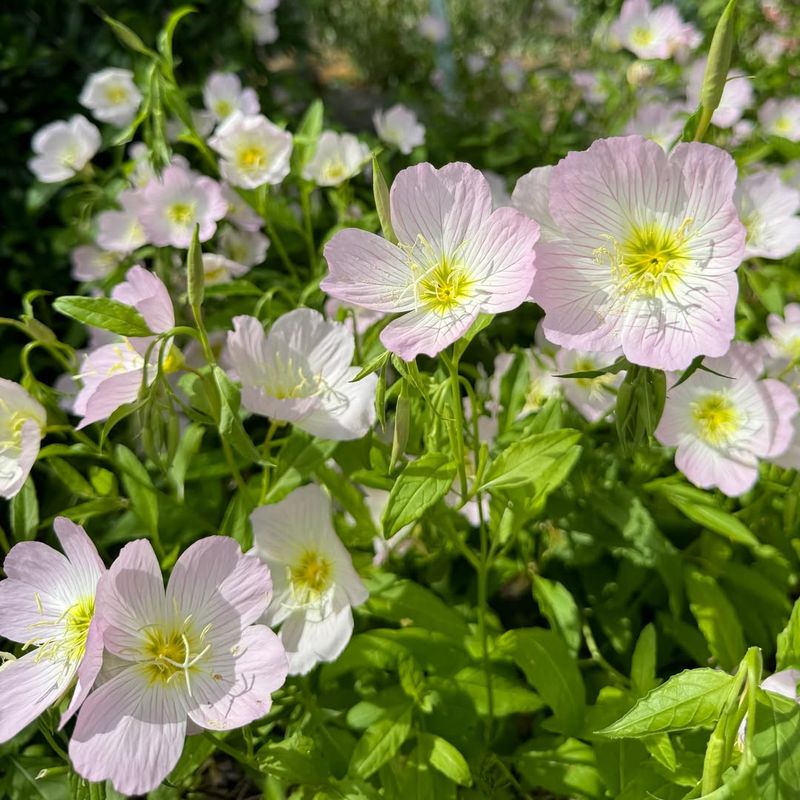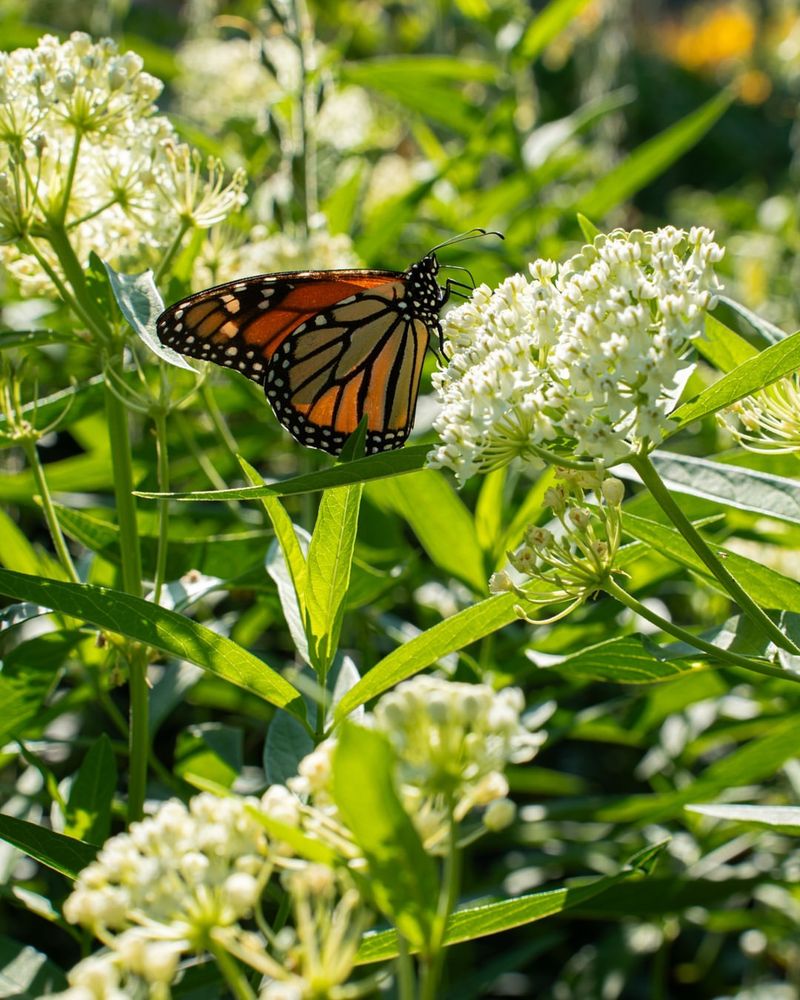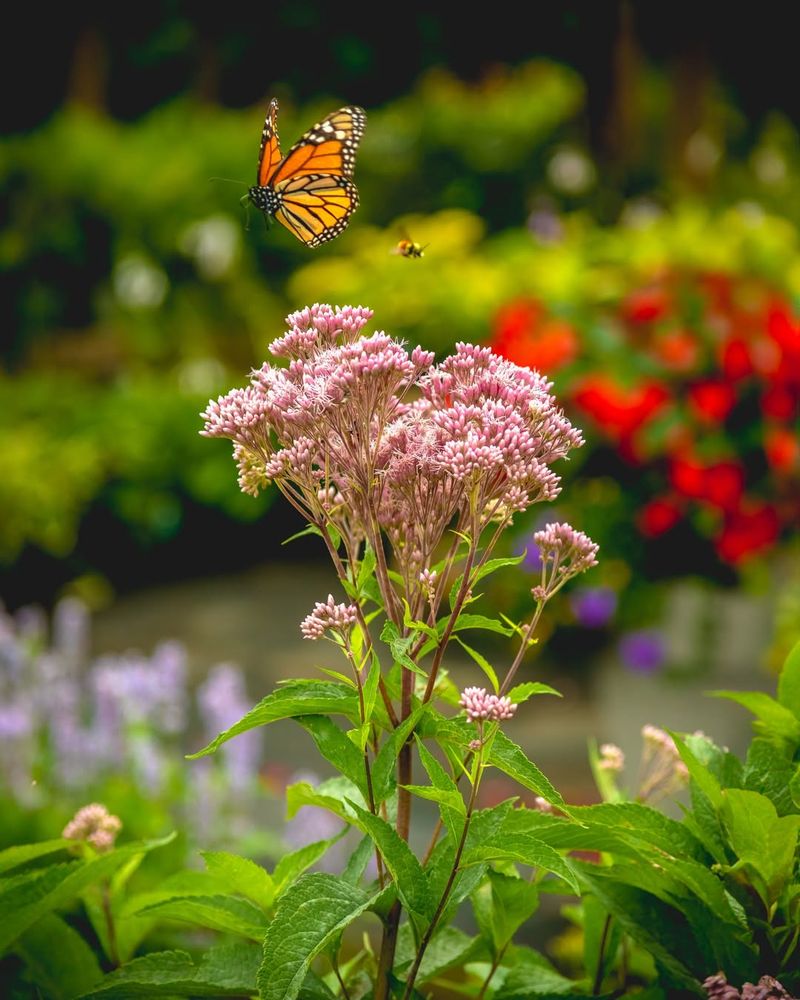In a world where first impressions rule, some of the most fascinating garden plants get an unfair reputation as mere weeds. But take a closer look, and you’ll find hidden gems—plants that are not only tough and beautiful but also packed with benefits. From supporting pollinators to offering surprising culinary and medicinal uses, these green underdogs have stories worth telling. It’s time to rethink what we pull and what we praise, and give these misunderstood garden guests the spotlight they deserve.
1. Clover
It’s a common misconception that this ubiquitous plant is just a pesky weed. Clover, however, offers a plethora of benefits to both lawns and pollinators. It fixes nitrogen and naturally fertilizes the soil, reducing the need for chemical fertilizers.
Furthermore, its flowers serve as an essential food source for bees, making it a favorite in eco-friendly gardens. Gardeners often find that a clover-rich lawn is more drought-resistant and requires less mowing than traditional grass lawns.
2. Plantain
Often trodden underfoot, this plant is more than just a weed on the sidewalk. Plantain is actually a powerhouse of medicinal properties and edible uses. Known for its soothing qualities, it can be used in salves to treat insect bites and minor cuts.
Its young leaves are also edible, offering a nutritious addition to salads and soups. This resilient plant is a testament to nature’s ability to provide healing and nourishment, often in the most overlooked places.
3. Violet
Delicate and vibrant, these wildflowers are more than just a woodland beauty. Wild violets are often mistaken for weeds, yet they play a crucial role in the ecosystem. Their flowers are edible and can be used to add a pop of color to spring salads.
Additionally, violets provide habitat and nourishment for various pollinators, supporting biodiversity. By appreciating wild violets, gardeners can enhance the aesthetic and ecological value of their landscapes. These charming plants are a reminder that not all that grows wild is unwelcome.
4. Goldenrod
Despite the sneezes it unjustly bears blame for, this vibrant plant is a pollinator’s delight. Goldenrod is often wrongly accused of causing allergies, which are actually triggered by ragweed. This misconception overshadows goldenrod’s essential role as a late-season nectar source for bees and butterflies.
Its bright yellow blooms add a splash of color to gardens and meadows alike. More than just a pretty face, goldenrod is a vital player in maintaining biodiversity in late summer and fall.
5. Oxalis
With its charming trifoliate leaves, this plant is often mistaken for clover. Oxalis, also known as wood sorrel, is valued for both its ornamental beauty and edible nature. Its leaves have a tangy, lemon-like flavor, making them a delightful addition to salads.
Beyond the kitchen, oxalis adds a whimsical touch to garden beds and borders. Its delicate, yellow flowers provide visual interest throughout the growing season. Understanding its benefits can transform oxalis from an unwanted guest to a beloved part of your garden’s tapestry.
6. Chicory
Standing tall with sky-blue flowers, this flower is often overlooked as a mere roadside dweller. Chicory, however, brings hidden benefits to both cuisine and medicine. Its roots can be roasted and ground as a caffeine-free coffee substitute, while its leaves can be used in salads.
In herbal medicine, chicory is praised for its digestive and liver health benefits. As an ornamental, its striking flowers add a pop of color to any landscape.
7. Queen Anne’s Lace
Often mistaken for a wild weed, this plant has a regal allure. Queen Anne’s Lace is not only beautiful but also beneficial to pollinators. Its delicate, lace-like flowers are a haven for bees and butterflies.
Moreover, its roots are edible, resembling those of its cultivated cousin, the carrot. By allowing Queen Anne’s Lace to grow, gardeners can support pollinator populations and add a touch of elegance to their landscapes.
8. Creeping Charlie
With a reputation for being pesky, this ground cover has its charm. Creeping Charlie, or ground ivy, is often seen as an invader, yet it offers benefits in herbalism and gardens. Its scalloped leaves and purple flowers create a lush carpet that thrives in shaded areas.
Medicinally, it has been used historically for respiratory issues and as a tonic. Embracing Creeping Charlie can lead to a verdant, low-maintenance ground cover, adding texture and interest to garden corners.
9. Self-Heal
This low-growing plant is a healing wonder often dismissed as a weed. Self-heal is revered in herbal medicine for its wound-healing properties. Its vibrant purple flowers attract pollinators, making it a valued part of biodiversity-focused gardens.
Historically, it was used in salves and teas to treat various ailments. Allowing self-heal to flourish in your garden creates a sanctuary for both pollinators and those seeking natural remedies. Its dual role as a medicinal and ecological asset makes it a plant worth cherishing in any landscape.
10. Yarrow
Known for its feathery foliage and clusters of white flowers, this plant is more than meets the eye. Yarrow is celebrated for its drought resistance and ability to support pollinators. Its medicinal properties include treating wounds and aiding digestion, making it a staple in herbal medicine cabinets.
As a garden plant, yarrow’s resilience makes it an excellent choice for low-water landscapes. Encouraging yarrow to grow enriches a garden’s biodiversity, offering both beauty and practical uses.
11. Lamb’s Quarters
Often mistaken for an unwelcome guest in vegetable gardens, this plant is a hidden gem. Lamb’s quarters is highly nutritious, offering more vitamins and minerals than spinach. Its young leaves are edible and can be used like any leafy green.
This fast-growing plant can quickly fill a garden bed, providing a bountiful harvest. By recognizing its nutritional value, gardeners can transform lamb’s quarters from a weed to a valuable food source.
12. Purslane
With its fleshy leaves and yellow flowers, this succulent plant is more than just a garden invader. Purslane is packed with omega-3 fatty acids, making it a nutritious addition to salads and stir-fries. Its crunchy texture and slightly sour taste offer a refreshing twist to dishes.
Thriving in sunny, dry conditions, purslane is a resilient plant that can be easily managed with regular harvesting. By embracing purslane’s culinary potential, gardeners can enjoy a healthy, delicious green that thrives where many others struggle. It’s a tasty reward for minimal effort.
13. Evening Primrose
As the sun sets, this plant’s vibrant flowers begin their enchanting display. Evening primrose opens its bright yellow blooms at twilight, offering beauty and medicinal qualities. Its oil is renowned for treating skin conditions and supporting hormonal health.
In gardens, it attracts nighttime pollinators, adding ecological value. Its presence in the landscape is a celebration of the nocturnal wonders that often go unnoticed, proving that beauty and utility can bloom in the moonlight.
14. Milkweed
Standing tall in the fields, this plant is a monarch butterfly’s best friend. Milkweed is essential for the lifecycle of these iconic butterflies, providing both food and habitat. Its clusters of pink flowers also attract various pollinators, enhancing biodiversity.
In wildlife gardens, milkweed serves as a crucial resource for sustaining pollinator populations. By planting milkweed, gardeners can support conservation efforts and enjoy the vibrant display of butterflies and blooms.
15. Joe Pye Weed
Often overlooked, this towering plant is a native gem for pollinators. Joe pye weed offers a feast for butterflies and bees with its mauve, aromatic flower heads. Ideal for rain gardens, it thrives in moist conditions, adding height and color to landscapes.
Its ornamental appeal makes it a striking addition to any garden style. By including Joe pye weed, gardeners can create a haven for pollinators while enhancing their garden’s beauty.
16. Butterfly Bush
With its profusion of blooms, this plant is a favorite among pollinators. Butterfly bush, though non-native, attracts bees and butterflies with its fragrant, colorful flowers. Its invasive nature in some regions has sparked debate, yet responsible growing practices can mitigate these concerns.
Pruning and monitoring can help maintain its beauty without impacting local ecosystems. By planting Butterfly bush thoughtfully, gardeners can enjoy its vibrant display while supporting pollinators.

